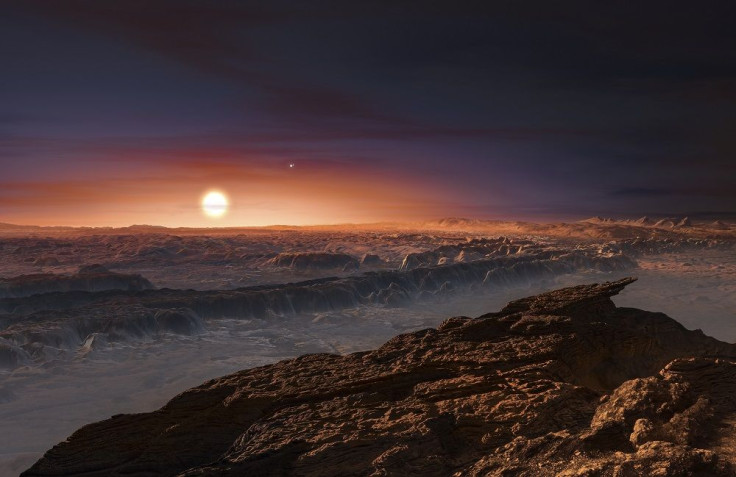Planet dubbed ‘Earth next door’ may not be suitable for human habitation

National Aeronautics and Space Administration (NASA) has found that Proxima B, the closest planet to Earth, may not actually be very fit for human habitation. NASA scientists said the planet dubbed as “Earth next door” is likely to not have atmosphere.
New study published in Astrophysical Journal Letters indicates that Proxima B may have had its atmosphere stripped away. The study suggests that the planet may have lost its atmosphere at a young age, possibly in its early 300 to 400 million years.
Proxima B is situated within the habitable zone of its own star system. Since it is the case, several scientists initially thought that the planet will be able to support human life. However, NASA researchers have just found out that frequent stellar eruptions from red dwarf stars may have threatened the atmosphere of Proxima B.
The stellar eruptions caused huge amounts of radiation, which have likely ruined the planet's atmosphere. In relation to the odds of Proxima B maintaining an atmosphere, the Goddard Space Flight Center has created a new computer model of red dwarf “Goldilocks zones.” The model considers other factors like X-ray, ultraviolet radiation solar flares and coronal mass ejections as reasons why Proxima B may not be so habitable after all.
“If we want to find an exoplanet that can develop and sustain life, we must figure out which stars make the best parents,” NASA Goddard Space Flight Center solar scientist Vladimir Airapetian said in a statement via News.com.au. He shared that as they learn more about what they need from a host star, they find more evidence that the sun is just one of those perfect parent stars that can support life.
Airapetian said the red dwarf stars in which Proxima B orbits produces a lot of X-ray and extreme ultraviolet emissions. Scientists believe that Proxima B could be struck by extreme ultraviolet radiation every two hours.
As for its composition, the “Earth next door” is rocky and as the same size as the earth. According to the Daily Mail, the temperature on the surface of Proxima B may be between -90° and 30° Celsius (-130° and 86° Fahrenheit).
It is believed that Proxima B is more like Tatooine, the desert world with twin suns in “Star Wars” films. Professor Edward Guinan of Villanova University's Department of Astronomy and Astrophysics shared that it is likely that the planet has gone through a living hell in its early 300 to 400 million years. Guinan spoke during an American Astronomical Society meeting in Texas.





















